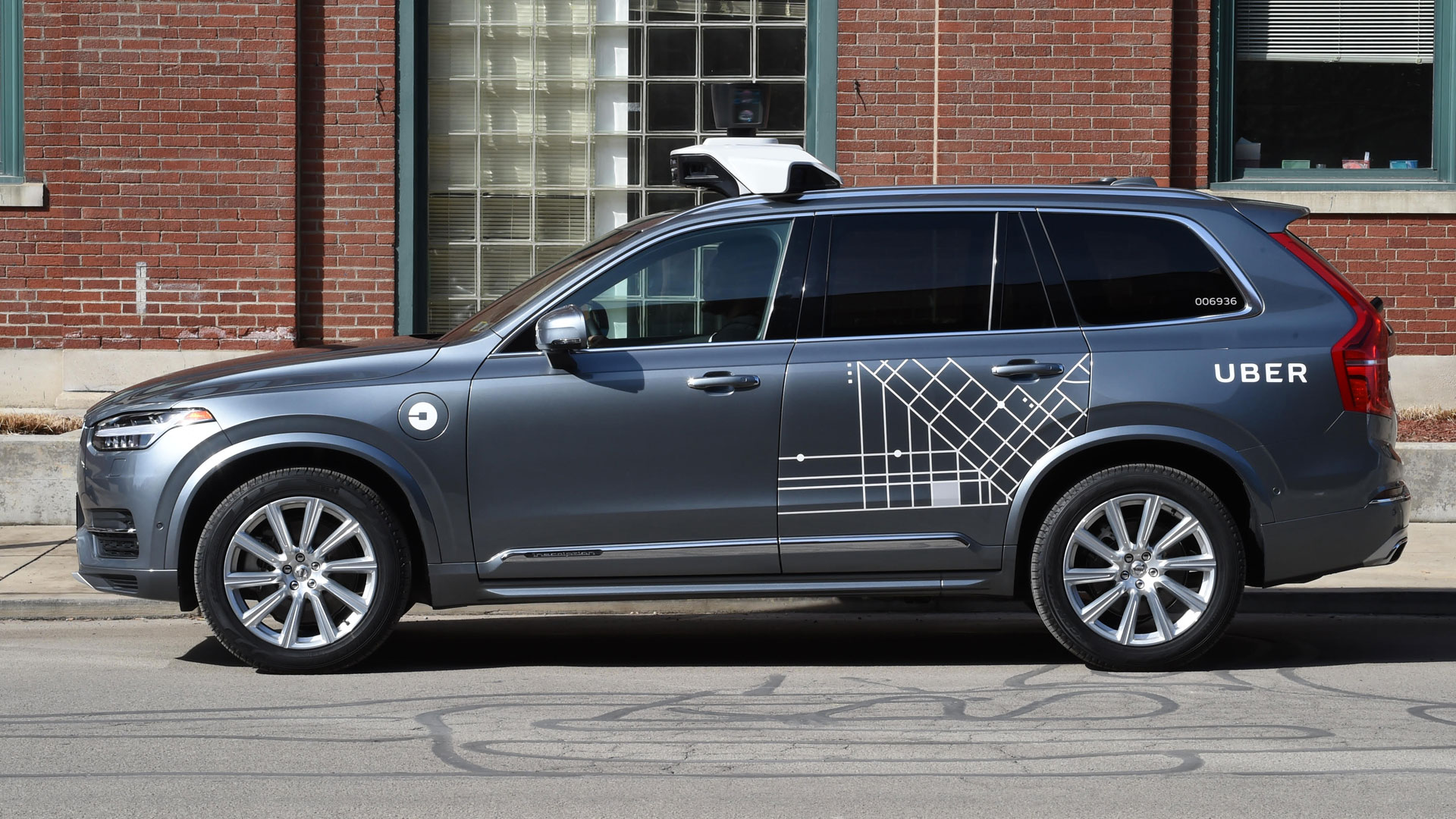

A new report released about the death of a homeless woman who was struck and killed by a semi-autonomous Volvo XC90 owned by Uber in March carries heavy criticism and allegations, even going so far to deem the accident “entirely avoidable.” Data from police confidently suggest that the Uber-employed (and ironically named) safety driver behind the wheel was streaming video using her Hulu account when the accident occurred.
Police in Tempe, Arizona released the new information in a 318-page report as part of a public records request. The report shows that as part of the ongoing investigation, police served search warrants to several streaming video providers, including Google (who owns YouTube), Netflix, and Hulu in an attempt to obtain insight about the driver’s activities behind the wheel on the night of the accident.
Hulu responded with viable data of the driver’s viewing history and what they found coincides with the police’s suspicion of distracted driving being at play. The logs provided by the video content provider shows that the driver was streaming The View for the 42 minutes leading up to the accident, promptly ending around the approximate time that the vehicle struck the pedestrian; 9:59 p.m. Additional data from Uber’s semi-autonomous Volvo’s onboard platform shows that the driver was looking downward for 5.3 seconds prior to the collision, only to look up half a second before it collided with the 49-year-old woman, Elaine Herzberg, who was walking her bike across traffic on March 18.

“She appears to be looking down at the area near her right knee at various points in the video,” reads the report, “Sometimes, her face appears to react and show a smirk or laugh at various points during the times that she is looking down. Her hands are not visible in the frame of the video during these times.’’
Per a report from the NTSB, sensors on the Volvo detected Herzberg six seconds prior to impact, only moments before the driver looked down at what police suspect to be the streaming video. While the driver was distracted, the vehicle’s semi-autonomous features should have engaged emergency braking maneuvers when it determined that the Volvo would come into contact with Herzberg, except it didn’t. The teams who helped to provide the systems responsible for detection and mobility, including Intel and Velodyne, were baffled at what had happened. It later came to light that Uber disabled the baked-in emergency braking functionality of the vehicle’s autonomy control suite, ultimately failing to mitigate the tragedy that ensued.
According to the report, the driver may still face charges on the incident, up to and including vehicular manslaughter, a felony often reserved for deaths related to driving under the influence. After the accident, both the public’s and industry’s respective future visions of semi-autonomous driving would be changed. Questions of liability swirl in the air and calls for updated legislation continues to be a hot-button topic.